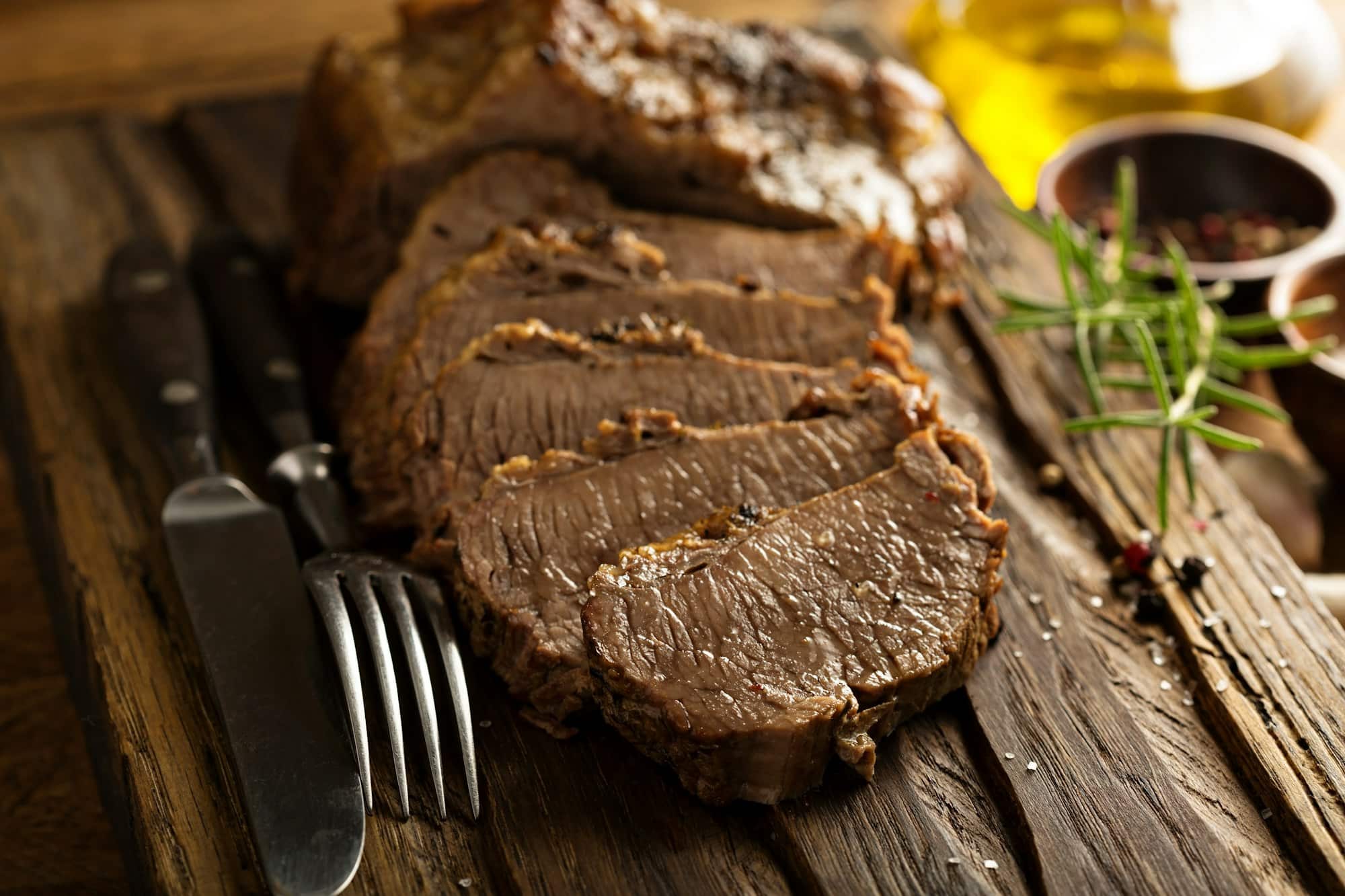What’s the Key to Perfecting the Art of Smoked Brisket in a Backyard Smoker?

The smell of smoky, slow-cooked goodness wafting from a backyard smoker is a guaranteed sign that something delicious is cooking. When it comes to smoked meats, nothing beats a tender, juicy, and flavorful brisket. But how do you perfect the art of smoked brisket? We’re spilling all the secrets today.
With the right knowledge, patience, and practice, you can transform a simple piece of brisket into a smoky delight. Start by understanding the science behind smoking, choose your wood wisely, master the ideal temperature and timing, and last but not least, become a pro at seasoning and wrapping your brisket.
Sujet a lire : Can You Master the Art of Gourmet Vanilla Bean Panna Cotta with Berry Compote?
Understanding the Science of Smoking
Before you throw that brisket into your backyard smoker, let’s delve into the science of smoking. Smoking isn’t just about flavor; it’s about tenderizing the meat and making it easier to digest.
Smoking works by breaking down the tough, connective tissues in the brisket, turning them into gelatin. This process is slow and requires a low temperature, usually between 225 to 250 degrees Fahrenheit. The smoke not only adds flavor but also aids in preserving the meat and giving it a rich, brown color.
A voir aussi : How to Prepare a Gourmet Stuffed Portobello Mushrooms with Spinach and Ricotta?
When it comes to smoking meats, patience is key. Rushing the process can lead to tough, chewy meat. So, take your time, keep your temperature steady, and let the brisket smoke.
Choosing the Right Wood
The choice of wood plays a crucial role in smoking a brisket. Different woods impart different flavors, and finding the perfect match for your brisket is a tasteful adventure.
Hardwoods like hickory, oak, and maple are the most common choices for smoking brisket. These woods burn slowly and provide a consistent heat source. Hickory and oak impart a strong, smoky flavor, while maple offers a subtle, sweet taste.
Fruitwoods like apple or cherry can also be used for a milder, fruitier flavor. To experiment, consider mixing different types of wood. Just remember, the key here is balance — you don’t want to overpower the flavor of the brisket.
Mastering the Ideal Temperature and Timing
The temperature and timing of your smoke are vital to achieving the perfect brisket. As tempting as it might be to crank up the heat and hurry the process, low and slow is the mantra you want to follow.
Maintaining a consistent temperature between 225 to 250 degrees Fahrenheit is essential for breaking down the brisket’s tough connective tissues. A digital thermometer can help you monitor the temperature accurately.
As for timing, brisket generally needs 1 to 1.5 hours per pound to smoke. But remember, this can vary depending on the size, thickness, and quality of the brisket. The best way to check if your brisket is done is by testing its tenderness. If a fork slides in and out without resistance, your brisket is ready.
Perfecting the Art of Seasoning
The right seasoning can take a smoked brisket from good to great. While everyone has their own secret blend, a simple mix of salt and pepper can do wonders.
Salt helps to tenderize the brisket by breaking down its proteins, while pepper provides a nice, spicy kick. You can also add other spices like paprika, garlic powder, or cayenne pepper to enhance the flavor.
Don’t be shy with your seasoning; a brisket can handle a lot. Make sure to rub the seasoning all over the brisket, covering every nook and cranny. Let the seasoned brisket sit in the fridge overnight before smoking to allow the flavors to penetrate deeply.
Wrapping Your Brisket
Finally, let’s talk about wrapping your brisket. Wrapping a brisket in aluminum foil or butcher paper can help keep it moist and speed up the cooking time.
This technique, known as the Texas Crutch, is done after the brisket has been on the smoker for several hours and has absorbed enough smoke. Wrapping the brisket helps trap the moisture, resulting in a more tender and juicy final product.
But remember, every hour the brisket spends wrapped is an hour it’s not receiving smoke. So, find the right balance and ensure your brisket has enough smoke time before wrapping.
Perfecting the art of smoked brisket in a backyard smoker is a journey of flavor, texture, and time. With these tips in mind, you’re now ready to embark on your smoked brisket adventure. Happy smoking!
Creating the Perfect Smoke Ring
The smoke ring is a hallmark of a well-smoked brisket. It’s the pinkish-red band that you see just beneath the surface of the meat when you slice into it. This ring is a sign that your brisket has been properly smoked and has absorbed the flavors of the wood.
The smoke ring is formed when nitric oxide and carbon monoxide, the gases produced by burning wood, interact with the myoglobin in the meat. Myoglobin is the protein that gives meat its color, and when it comes in contact with these gases, it turns a pinkish-red color, creating the smoke ring.
To achieve an impressive smoke ring, make sure your brisket is cold when you put it in the smoker. The colder the meat, the longer it will take to cook, and the more time the myoglobin will have to react with the gases.
Additionally, using a type of wood that produces a lot of smoke, like hickory or oak, can result in a more pronounced smoke ring. And, remember to maintain a steady temperature. Fluctuations can lead to an uneven smoke ring or none at all.
Letting the Smoked Brisket Rest
After hours of smoking, you might be tempted to dig right into your brisket. Resist the temptation. Resting your brisket is just as important as every other step in the smoking process.
Letting your brisket rest allows the juices to redistribute throughout the meat. If you cut into the brisket immediately after removing it from the smoker, the juices will rush out, leaving you with a dry brisket.
Ideally, you should let your brisket rest for at least an hour, but two hours is even better. Wrap it in aluminum foil or butcher paper and place it in a cooler or oven set to a very low temperature. This keeps the brisket warm and gives the juices time to move back into the meat, resulting in a moist, juicy, and tender brisket.
Conclusion
Perfecting the art of smoked brisket in a backyard smoker requires knowledge, patience, practice, and a little bit of science. From understanding the science of smoking and choosing the right wood, to mastering the ideal temperature and timing, seasoning, wrapping, creating a perfect smoke ring, and letting it rest, each step is crucial in transforming a simple piece of brisket into a smoky masterpiece.
Remember, smoking brisket is not just a cooking process; it’s a journey. A journey filled with tantalizing aromas, exciting flavors, and the satisfaction of creating something truly delicious. So, the next time you fire up your backyard smoker, remember these tips and enjoy the journey. Here’s to perfecting your smoked brisket skills and creating unforgettable meals. Happy smoking!
